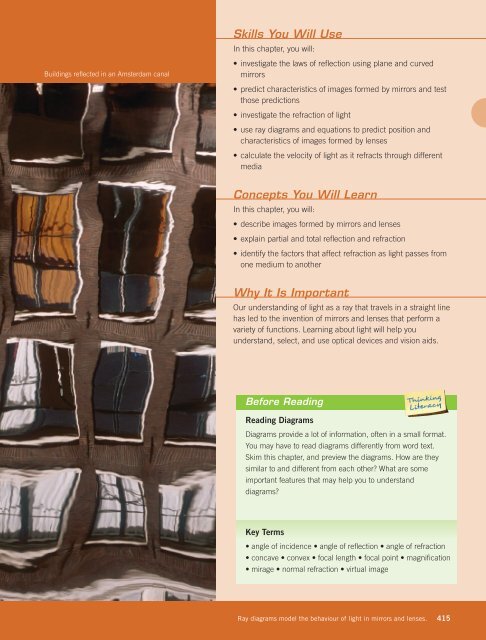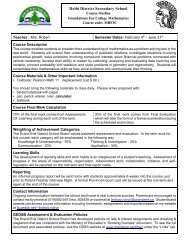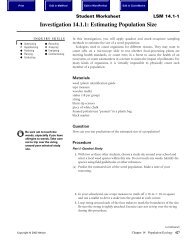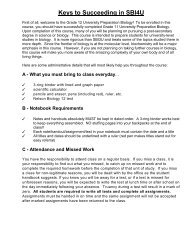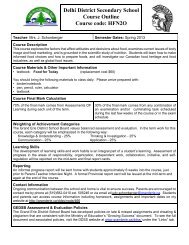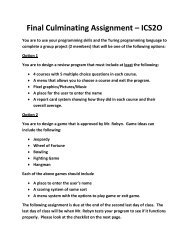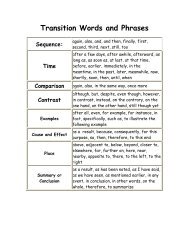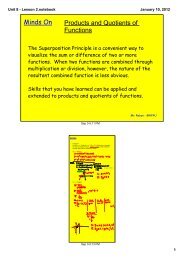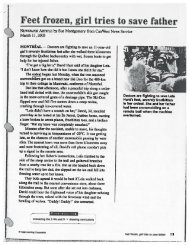Chapter 11.pdf
Chapter 11.pdf
Chapter 11.pdf
- No tags were found...
Create successful ePaper yourself
Turn your PDF publications into a flip-book with our unique Google optimized e-Paper software.
Skills You Will UseIn this chapter, you will:Buildings reflected in an Amsterdam canal• investigate the laws of reflection using plane and curvedmirrors• predict characteristics of images formed by mirrors and testthose predictions• investigate the refraction of light• use ray diagrams and equations to predict position andcharacteristics of images formed by lenses• calculate the velocity of light as it refracts through differentmediaConcepts You Will LearnIn this chapter, you will:• describe images formed by mirrors and lenses• explain partial and total reflection and refraction• identify the factors that affect refraction as light passes fromone medium to anotherWhy It Is ImportantOur understanding of light as a ray that travels in a straight linehas led to the invention of mirrors and lenses that perform avariety of functions. Learning about light will help youunderstand, select, and use optical devices and vision aids.Before ReadingReading DiagramsDiagrams provide a lot of information, often in a small format.You may have to read diagrams differently from word text.Skim this chapter, and preview the diagrams. How are theysimilar to and different from each other? What are someimportant features that may help you to understanddiagrams?Key Terms• angle of incidence • angle of reflection • angle of refraction• concave • convex • focal length • focal point • magnification• mirage • normal refraction • virtual imageRay diagrams model the behaviour of light in mirrors and lenses. 415


